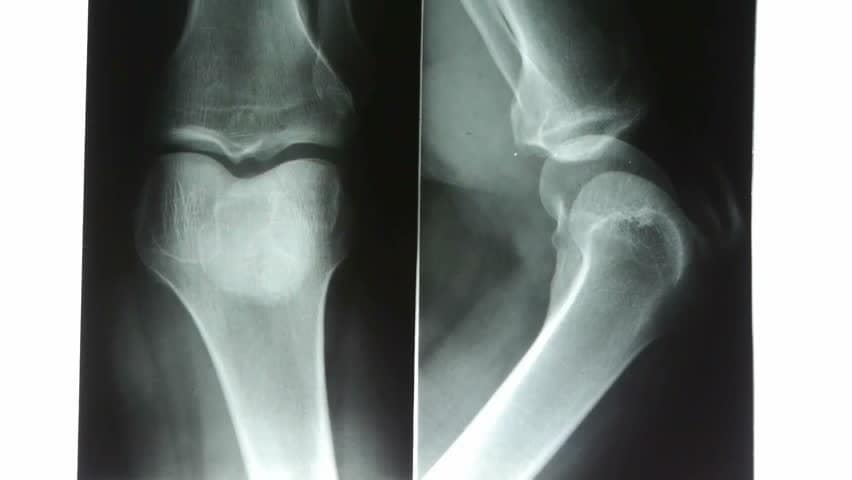WHO data in 2015 showed that respiratory diseases dominate the 10 highest cause of death in the world. One of them is Tuberculosis (TB). Indonesia is ranked second in the number of TB cases after India in 2017. TB disease is caused by Mycobacterium tuberculosis. This bacterium not only attacks the lungs, but also attacks the bones, especially the spine. The human spine affected by this bacterial infection will experience hyperemia and also edema.
Currently, TB cases handling, especially Bone TB, is done by taking anti-TB drugs, such as streptomycin, rifampicin, isoniazid, and other medicine. These drugs must be consumed by TB sufferers orally about 4-5 tablets per day for 6 to 9 months. Oral consumption drugs are considered to be less effective because only a small portion of the dose will reach its intended use. Another alternative that can be done to deal with this TB case is to perform a surgery where the infected bone will be removed and must be replaced with bone filling material.
Bone fillers used to replace some of the removed part of the bone can also function as a local drug delivery. This is quite effective because the drug will be sent directly to the part that is infected while filling the bone that has been lost due to the infection or surgical removal of the infected part. For this reason, bone fillers and drug delivery agents for bone tuberculosis cases have been developed, Injectable Bone Substitute (IBS). Several previous studies mentioned that using this IBS, no major surgery is needed because the bone filler in the form of a paste or suspension can be injected through a small gap.
In this study, IBS made from hydroxyapatite and chitosan have been able to be synthesized using hydroxypropylmethylcellulose (HPMC) as a suspension forming material. Furthermore, the drug streptomycin is also mixed into this IBS to kill the TB bacteria existing around the infected part. Hydroxyapatite itself was chosen because it is a major part of natural bone building blocks. Chitosan is used here as a network maker to improve the properties of hydroxyapatite. Chitosan has also been widely used in the medical world because of its biocompatibility, non-toxicity, biocompatible, and biodegradable properties.
The results of this study indicate that from functional group tests using FTIR all materials have been able to be synthesized properly. The injectability test was used to ensure that IBS is able to get out of the injection and almost 100 percent of IBS inserted into the injection could be removed within 15 seconds. The result of setting time test using commercial hydroxyapatite scaffold showed that the fastest sample was able to harden within 72 minutes. Morphological tests using SEM also showed that the pore of the hydrophobic scaffold was able to shrink in the presence of IBS.
The acidity of IBS was also quite stable with the pH value still around the pH of the human body. Repasta test result showed that the sample is able to form a paste again in 150 seconds or less. The results of cytotoxicity tests using fibroblast cells from BHK-21 and the MTT assay method proved that this IBS sample was indeed non-toxic with cell viability exceeding 100 percent. It also showed that IBS samples were capable of being a medium for cell growth and proliferation.
The study concluded that IBS based hydroxyapatite and chitosan with the addition of streptomycin can be applied as a bone filling material as well as an agent of streptomycin in spinal tuberculosis cases. Further research is needed to study the mechanism of drug release, in vivo testing in experimental animals, and how IBS works in biological systems. (*)
Author: Alfian Pramudita Putra
The results of this study was presented at the 4 th International Conference on Functional Materials Science 2018 (ICFMS) in Conjunction with 2 nd RIKEN Symposium International Workshop on Organic Molecular System as speakers (Bali, Indonesia, 2018) and published in scientific journal on the following link: https : //www.scientific.net/MSF.966.133





